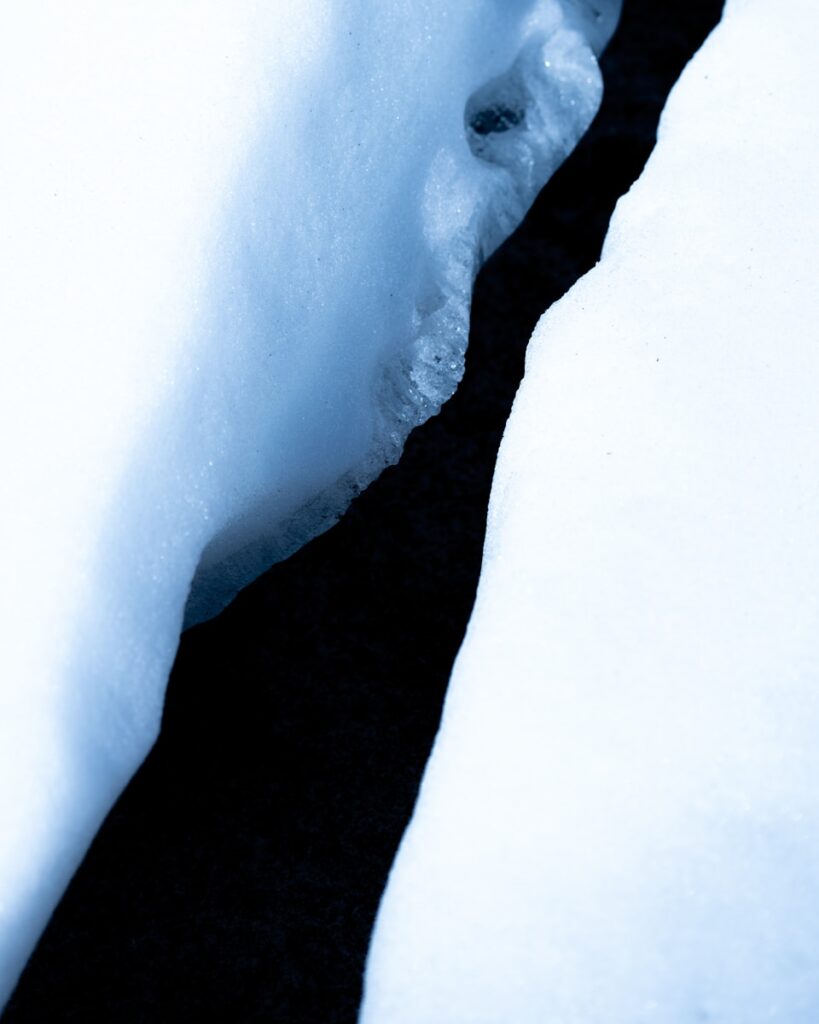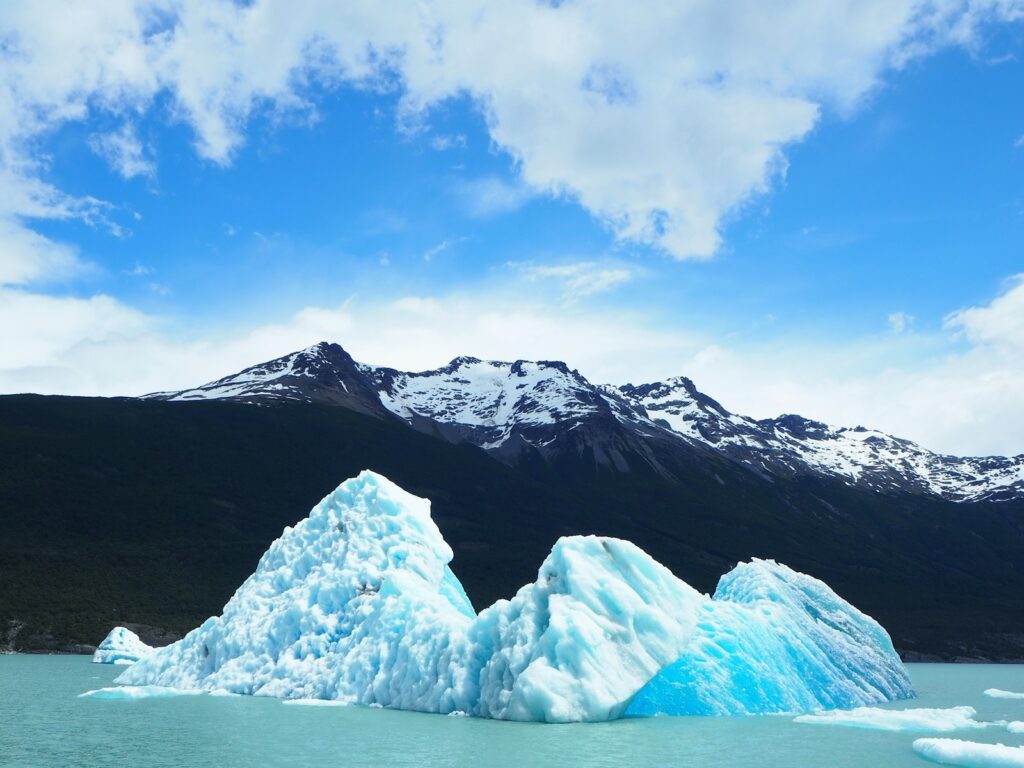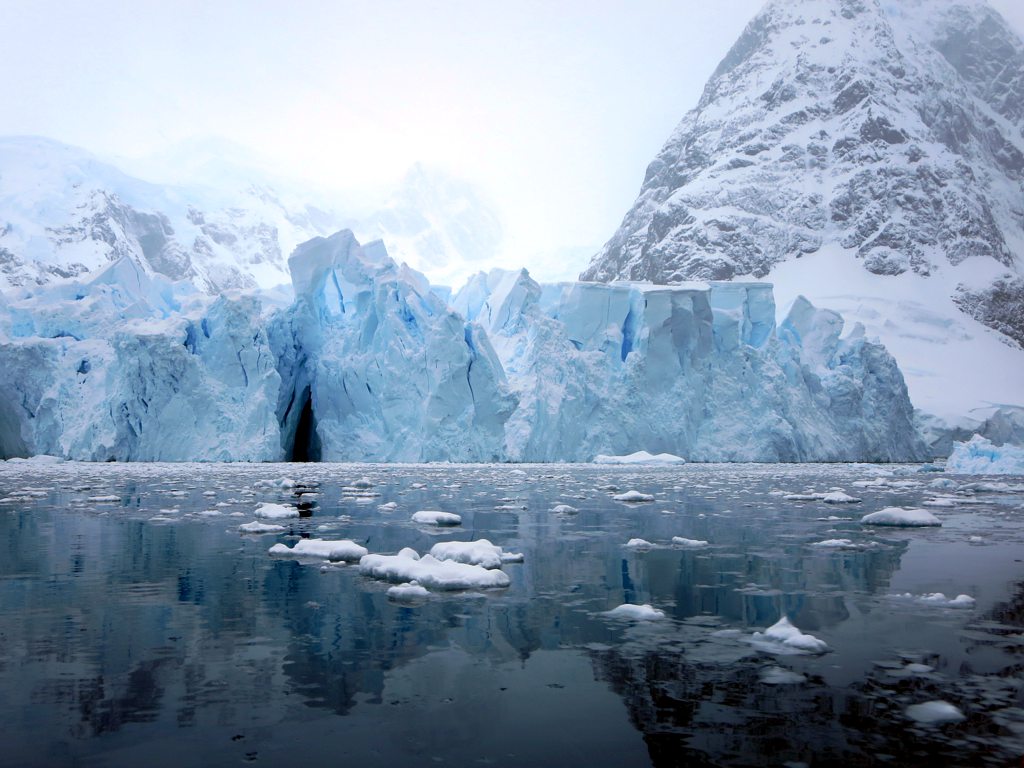
In a profound and almost cinematic discovery, the body of a Pakistani man, missing for nearly three decades, has emerged remarkably preserved from the melting ice of a remote glacier. This extraordinary find not only brings a long-awaited, poignant closure to a family’s tireless search but also serves as a stark, undeniable testament to the accelerating pace of climate change and its profound impact on our planet.
On a summer day, July 31, a local shepherd, Omar Khan, was traversing the mountainous Supat Valley in Pakistan’s northern Kohistan region when he stumbled upon the unimaginable. What he beheld defied belief: a human body, seemingly frozen in time, its clothes untorn, its features intact, as if merely sleeping.
“What I saw was unbelievable,” Khan recounted to BBC Urdu, his words underscoring the shock of the moment. “The body was intact. The clothes were not even torn.” Such a discovery is rare, yet increasingly, glaciers worldwide are surrendering their long-held secrets.
For 28 years, Naseeruddin, a 31-year-old father of two, had lain entombed within the glacial ice. His disappearance in June 1997 had plunged his family into a prolonged and agonizing uncertainty, their hopes fading with each passing year.
Naseeruddin, known also by his alias Hajo, from the Saleh Khel tribe, had vanished under harrowing circumstances. He was traveling on horseback with his brother, Kathiruddin, through the treacherous mountain terrain. They had taken a remote route, seeking to evade a dangerous family feud that had already claimed the life of Naseeruddin’s younger brother, Gardezi, in an honor-related dispute.
The brothers were on their way back from Alai, a nearby village they frequently visited to trade livestock, when gunshots rang out. In the ensuing chaos, seeking refuge from potential attackers, Naseeruddin sprinted into a nearby ice cave or fell into a glacier crevice during a sudden snowstorm, never to be seen again.
Kathiruddin, who survived the ordeal, frantically searched for his brother. “I turned back and reached the place where I saw that my brother had gone inside the cave, but there was nothing there,” he later recounted, highlighting the futility of his efforts in the face of nature’s unforgiving embrace.
The family’s search for Naseeruddin became a decades-long endeavor, a testament to their unwavering hope and determination. Malik Ubaid, Naseeruddin’s nephew, articulated the depth of their struggle, stating, “Our family left no stone unturned to trace him over the years.”
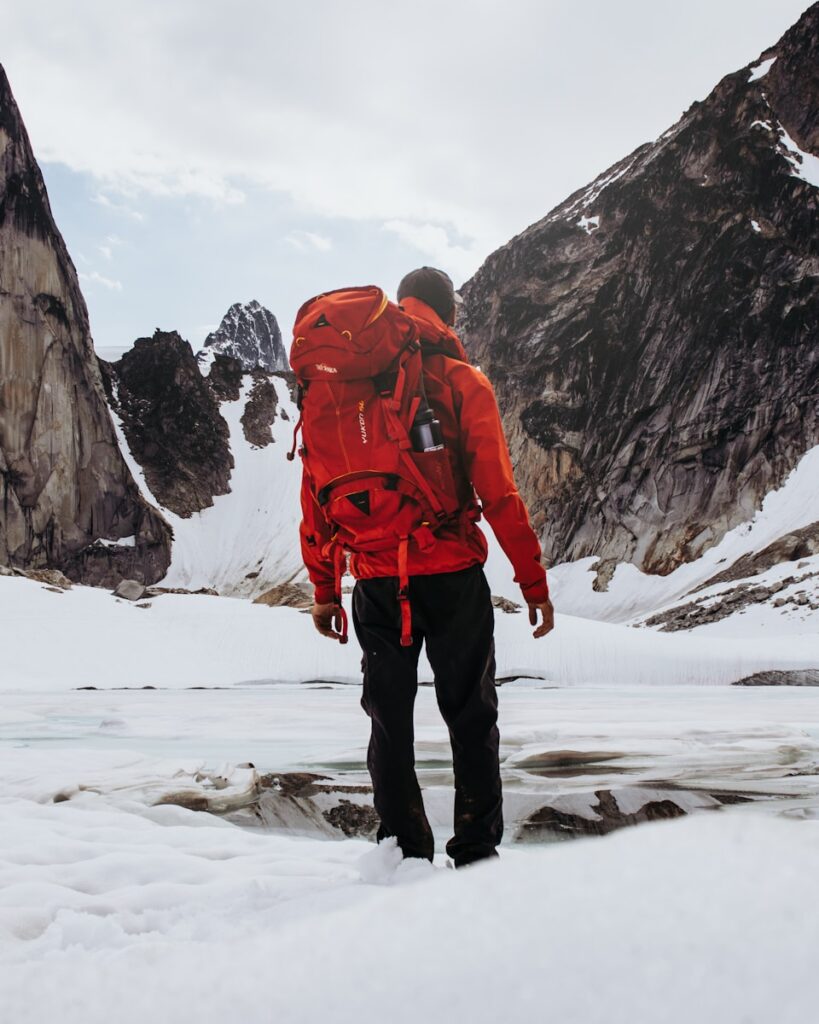
He further explained the immense difficulty of their quest: “Our uncles and cousins visited the glacier several times to see if his body could be retrieved, but they eventually gave up as it wasn’t possible.” The mountainous Kohistan region, rugged and remote, made their search perilous and ultimately, fruitless, until this unexpected turn of events.
The recovery of Naseeruddin’s body brought an immense, if bittersweet, sense of relief to his family. “Finally, we have got some relief after the recovery of his dead body,” Malik Ubaid shared, expressing the profound impact of finally laying their loved one to rest after nearly three decades of agonizing uncertainty.
His son, Naeem, now in his twenties, spoke movingly of the family’s ongoing struggle with the feud that had driven his father into the mountains. “Now I have come with my father’s body,” he stated, adding, “The pain of travelling to his native area with my father after so many years cannot be described in words.”
Even in death, the lingering family feud presented a challenge to Naseeruddin’s burial. His son Naeem revealed that he had not dared to step into his hometown in daylight for years due to the ongoing conflict. However, local tribal representatives intervened, holding a *jirga*, a traditional meeting, to broker a temporary nine-day “ceasefire” between the feuding families, allowing for a solemn and peaceful burial this week.
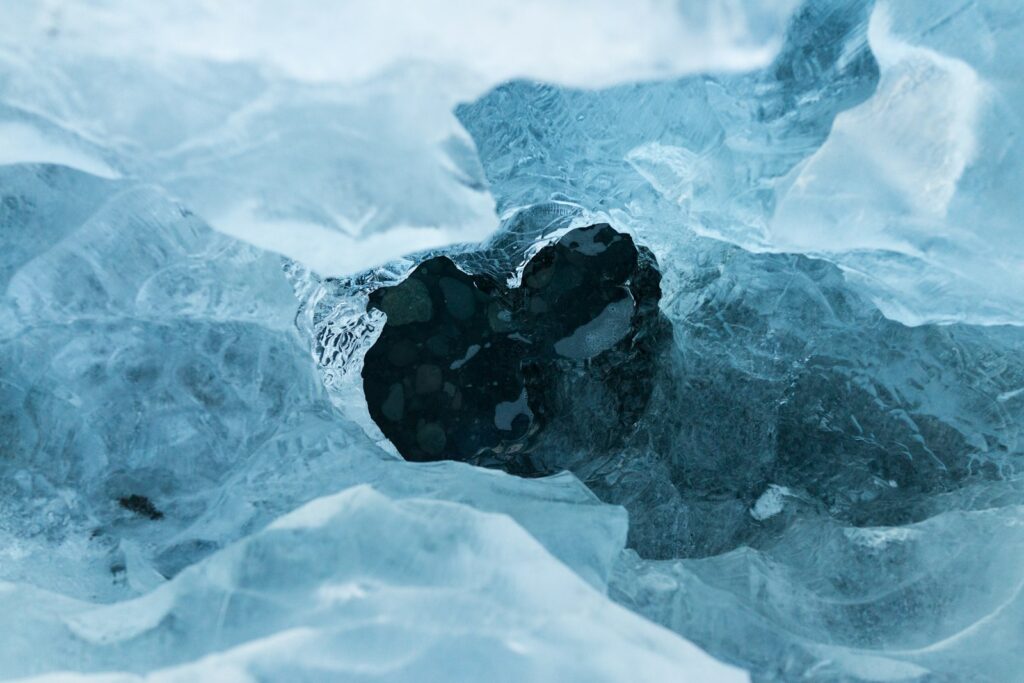
The exceptional preservation of Naseeruddin’s body has captivated experts and the public alike. For 28 years, he remained mummified in the glacial ice, a remarkable natural phenomenon. Experts attribute this to a rapid freezing process that effectively shielded the body from moisture and oxygen, conditions that typically accelerate decomposition.
Professor Muhammad Bilal, head of the Department of Environment at Comsats University Islamabad, elucidated the mechanics of this preservation. He explained that when a body falls into a glacier, the extreme cold swiftly freezes it, effectively halting the decomposition process. The subsequent lack of moisture and oxygen within the glacier environment then acts to mummify the body, enabling its preservation for potentially decades, or even centuries.
It is crucial to differentiate this natural mummification from the concept of cryogenic freezing. While glacial preservation can maintain soft tissue for extended periods, it does not entirely halt the process of decomposition or prevent dehydration, unlike controlled laboratory cryogenic conditions. Bodies recovered from icy environments, such as Ötzi the Iceman or World War I soldiers found in the Alps, often bear signs of some decay.
In fact, the human body cannot survive being truly frozen, in the way one might imagine for cryonics. Experts clarify that the body cannot tolerate even minimal internal temperature changes from 37°C, with hypothermia setting in at just two degrees less. The presence of ice within the body’s cells and organs is catastrophic; by the time internal temperatures reach 0°C, most cells and organs are already irrevocably damaged or dead.
There are no documented instances of humans being successfully revived after being thawed from such frozen states, according to experts. Naseeruddin’s remarkable preservation is a testament to the glacier’s unique environmental conditions, creating a natural tomb that slowed decay to an astonishing degree, rather than enabling a suspended animation.
The re-emergence of Naseeruddin’s body is a striking consequence of a global phenomenon: the rapid retreat of glaciers due to anthropogenic climate change. Pakistan, home to some 7,000 glaciers, boasts the largest number of these ice giants outside of Earth’s polar regions, making it particularly vulnerable to the effects of rising global temperatures.
In northern Pakistan, the impact of climate change manifests as decreased snowfall and increased exposure to direct sunlight, accelerating glacial melt. This unnatural warming is precisely what ultimately exposed Naseeruddin’s long-hidden body, bringing a painful mystery to its conclusion and providing a family with solace.
As these immense ice masses diminish, they not only contribute to flash floods and threaten to contaminate downstream water supplies with ancient viruses and bacteria, but they also serve as inadvertent uncoverers of history. Glaciers and other icy bodies are, in essence, planetary time capsules, meticulously preserving elements of the past within their frozen depths.
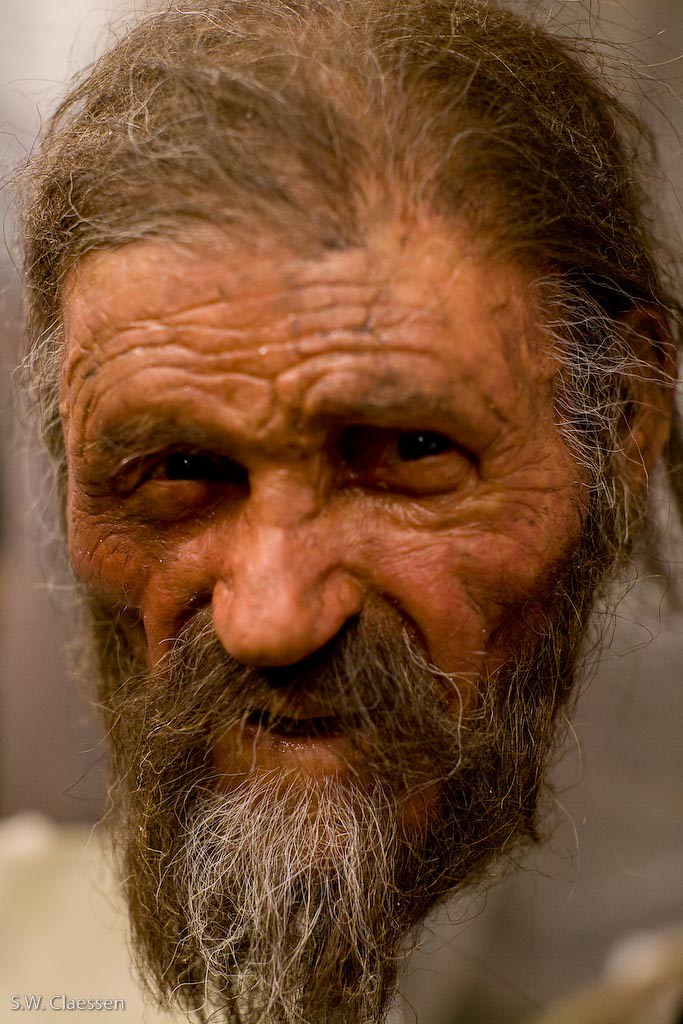
Scientists around the world routinely extract ice cores from glaciers to measure past climatic events, analyzing trapped air bubbles and the isotopic composition of the surrounding ice. Beyond climate data, these icy archives can offer astonishing glimpses into humanity’s history.
Many incredible artifacts have been unearthed from glacial ice. The most renowned frozen finding remains Ötzi, also known as The Iceman, discovered in the Italian Alps in 1991. Ötzi’s body was found with soft tissues and organs remarkably intact, providing an unprecedented window into life and times in Neolithic Europe, down to the details of his last meal.
Naseeruddin’s tragic fate, though distinct in its circumstances, echoes that of many intrepid explorers and mountaineers who have perished in the unforgiving, high-altitude environments of the world’s frozen peaks. Past discoveries include the partial recovery of mountaineer Sandy Irvine, who disappeared on Everest a century ago. Indeed, clean-up campaigns on the world’s tallest peak frequently uncover long-lost climbers frozen along its slopes.
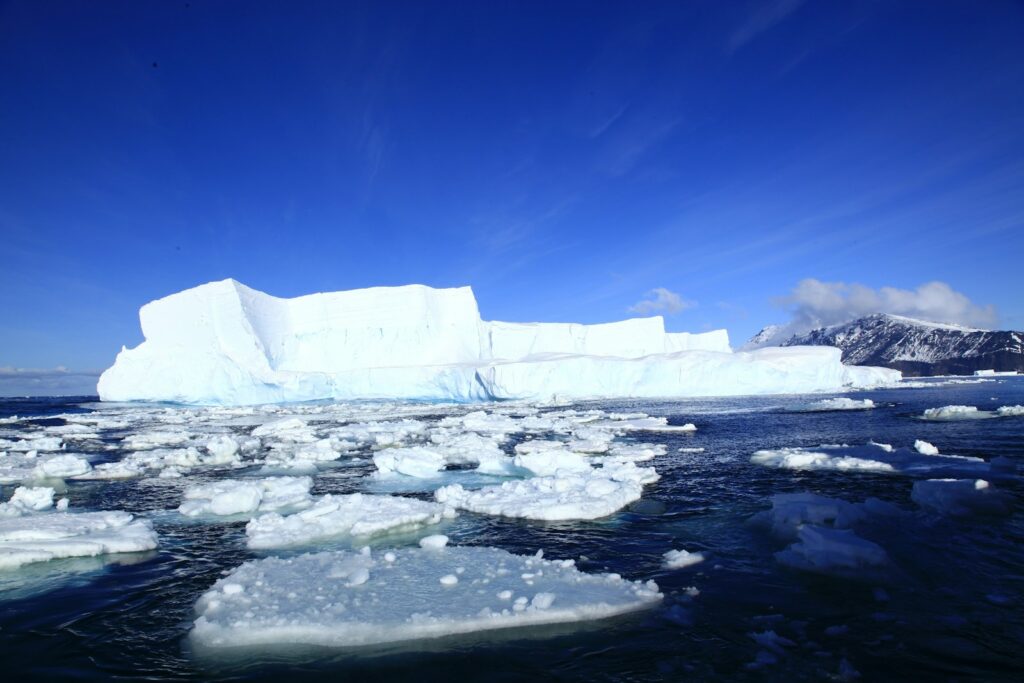
Just a year ago, another poignant discovery underlined this global trend: the mummified remains of an American mountain climber, missing for 22 years, reappeared in Peru following severe climate change-induced ice melt. Each such discovery, while solving a long-standing mystery and offering a semblance of reunion for grieving families, comes at the expense of our warming planet.
As glaciers continue their rapid retreat around the world, we are confronted with a dual reality: the bittersweet prospect of more mysteries being solved, more long-lost individuals emerging from their icy graves, and more glimpses into forgotten pasts. Yet, this unveiling is fundamentally driven by a perilous environmental shift that threatens the very future of life on Earth.
The story of Naseeruddin, a man lost to the ice for nearly three decades, serves as a powerful, tangible link between a personal tragedy and a global crisis. His emergence from the glacial depths is a profound reminder of the planet’s evolving landscape and the deep, often unexpected, ways in which the past is now quite literally breaking through to the surface of our present, compelling us to confront both what was and what is yet to come.
As the ice recedes, it lays bare not just the physical remnants of a past life, but also the urgent, undeniable truth of our changing climate, challenging us to consider the implications of every emerging discovery, be it tragic or wondrous, for the world we inhabit and the future we forge.

